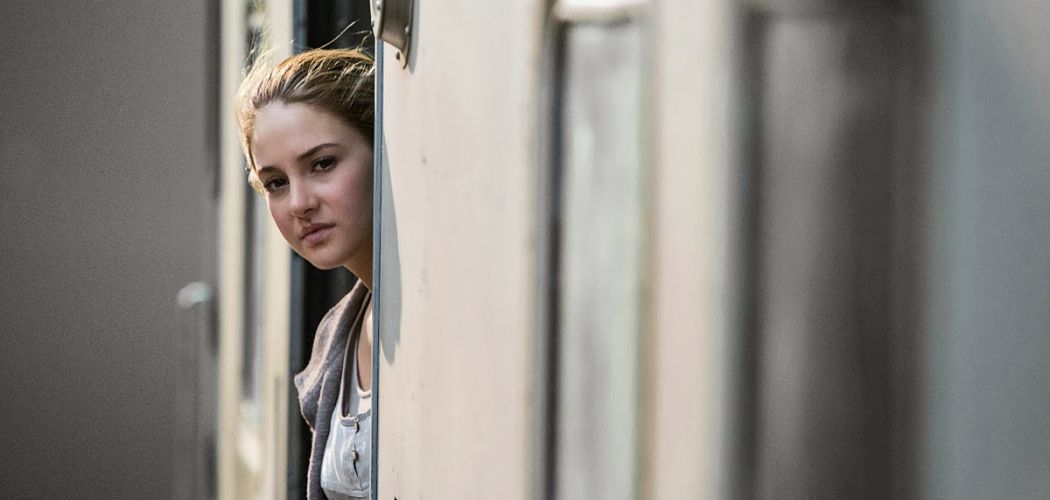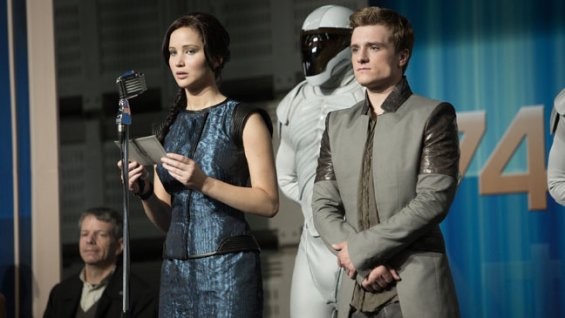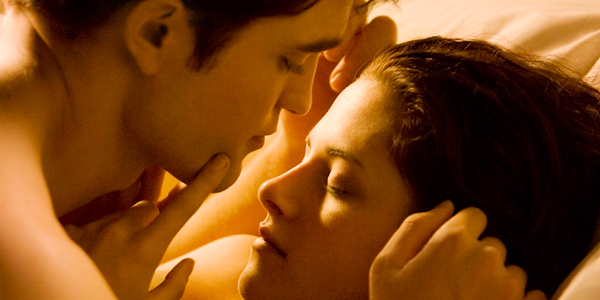Division has become a standard practice in ending an adaptation series. Did it begin with the Harry Potter films, splitting the final installment to create a penultimate climax, only to be shortly followed by the likes of other fantasy series such as Twilight’s “Breaking Dawn” and later on with the “Hunger Games” finally to be made into two separate pictures? Not to be outdone, the enormous Hobbit films have become not just a matter of division into to installments, but have become a trio of multi-million dollar movies. “Divergent”, a recent box office release that has garnered mediocre reviews and finical success announced that its conclusion will too occur in an increment of two.
I would not say this is a particularly new phenomenon, though the context is. The blaring films by Quentin Tarantino, full of panache and punch did this very partition all the way back in 2003 and 2004. “Kill Bill Vol. 1 &2 ” are two pictures clocking in at a combined run time of over 4 hours- certainly no small story. In subsequent interviews, Tarantino has stated that the split was due to the bulk of the narrative, and that the films had such a rigorous pace and energy, that perhaps audiences would “overdose” on the intensity. This split was clearly motivated artistically, but can the same be said for the more recent examples?
Personally having read the comparatively small novel, I can say “The Hobbit” by J.R.R. Tolkien does not demand three detached films. Shooting the three books for the “Lord of the Rings” trilogy took less time than the shooting of “The Hobbit”, a singular book. What happened in the time between these two productions? Peter Jackson and his colossal trilogy tore their way through the box office, and scooped up an Oscar for good measure. These deserving films sit comfortably on the “Top 250 List” on IMDb. It would be thoughtless to deny that there is no connection between the success of the first three, and the choice to make another three. Material had to be sought and searched for in Tolkien’s notes and appendices in order to fill the order. But, from behind the scene production blogs, it was made clear that the original intention was two films, though in review of the compiled material the filmmakers opted to create a third, and early last year more shooting was conducted. The concluding addition comes out December 2014.
Personally, I feel that what sometimes ensues with the separation is a lapse in interest, and a loss of the satisfaction of concise storytelling. Though the writers are clever in their placement of cliffhangers before the credits, I can’t help but feel that a year is a bit too long an intermission, no? TV series standard is a week, or at most a break season. It is usually devoted fans, nonetheless, who swarm the cinema to watch, and their anticipation can be bated as long as the filmmakers desire. It’s not impatience that perturbs me, but a desire to once again see a succinct story, linear or not.
Whether it’s your desire to see your favorite book brought to life as soon as possible, a pessimistic sting to spare buying two tickets, or just a desire to see a faulted trend come to an end- to see a movie as a movie, not multiple made for reasons often times disputed.







